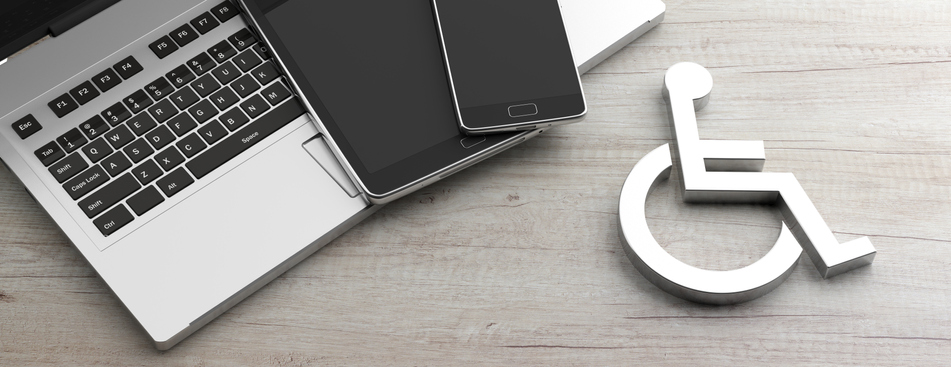Living with Chronic Pain
The Economic Impact of Chronic Pain in the Workforce

In addition to the various impacts chronic pain can have on personal lives, it can also negatively impact careers, which, in turn, negatively impacts the workforce as a whole. Increased absenteeism, reduced levels of production, and an increase in workers leaving the labor market due to chronic pain begets negative financial consequences for employers.
Reduced workplace performance and productivity
Workplace productivity is not only affected by loss of work days and reduced number of work hours due to chronic pain, but it is also affected by reduced performance while on the job. Employees with chronic pain conditions may be less engaged at work when their pain intensity is high. In the article “The Cost and Burden of Chronic Pain,” it states, “A US study found that common pain conditions resulted in lost productivity amounting to $61 billion (£32.34 billion) per year, of which 77% was explained by reduced performance and not work absence.”
Cost of workplace accommodations
Employees with chronic pain conditions may also request reasonable workplace accommodations that may be costly to employers. Reasonable accommodations include, but are not limited to, modifications of office equipment (e.g., chairs, desks, keyboards, monitors, footrests, etc.), adjustments to the environment (temperature, lighting, location, etc.), and modifications of work schedules.
Costs to employers also include insurance coverage for employees. Many employers pay a percentage of their employees’ health care insurance premiums. Employers may need to offer health insurance plans with comprehensive coverage so that chronic pain management programs as well as mental health services are covered (as individuals with chronic pain conditions are at greater risk of developing depression). These types of health insurance plans are typically more expensive for both the employee and the employer.
The bottom line
Chronic pain can affect workplace morale, financial health, and productivity. The bottom line is that chronic pain is expensive not only for individuals with chronic pain conditions but also for employers.
Additional sources used to create this article include Sprite Health and ScienceDaily.


















